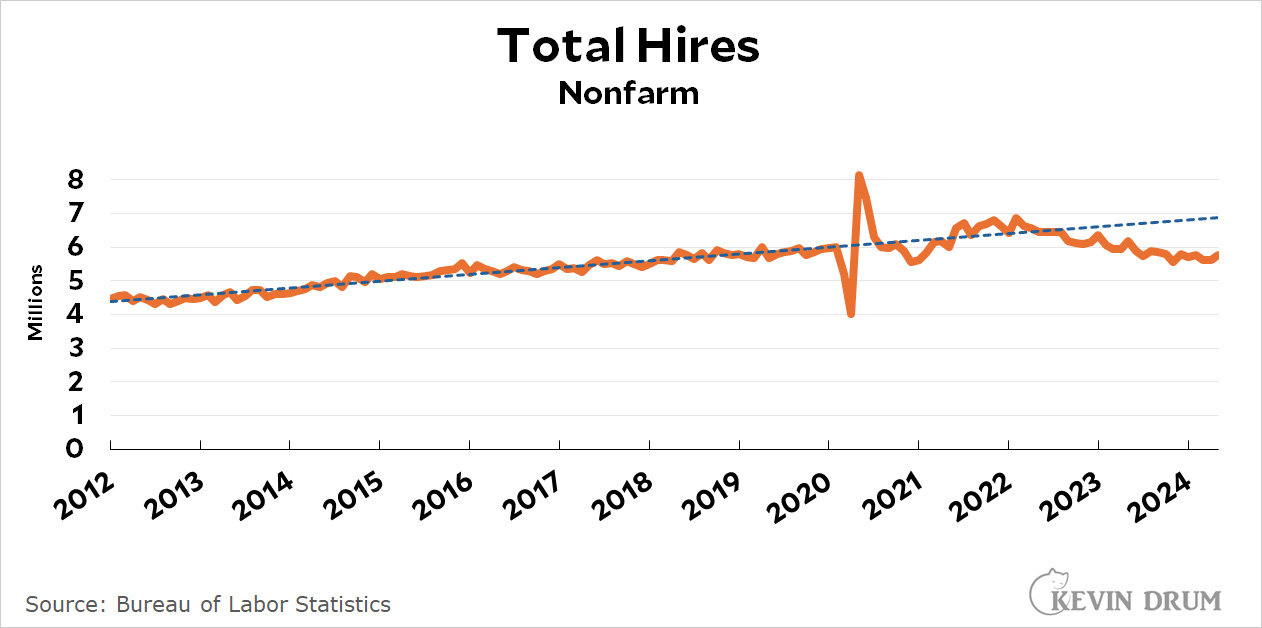Employers have increasingly turned to surveillance of keystrokes to make sure their workers are actually working, and this is especially true of people working from home. However, remote workers can fight back with hacks that fake keyboard strokes and mouse movements. The Wall Street Journal reports:
When Teramind examined an anonymized sample of 1,000,000 workers at 5,000 corporate clients late last year, it says it found 7% of employees appeared to be faking work activity on their machines. It has since fine-tuned the algorithms and rerun the test, this time finding over 8%.
“The true number is almost certainly higher,” Kleyman says, since the company found no false-positive results when it investigated the findings.
I've seen various measures of productivity for remote workers. Most suggest that it's lower, but some recent ones have pointed in the other direction. But I'd take this Journal article as evidence for the former. If 10-20% of remote workers are going to active lengths to fake work, that surely must mean less work is getting done.
For more on that score we can turn to the latest release of the American Time Use Study. Among full-time workers, it reports 8.19 hours of work per day for those in a workplace compared to 5.37 hours for those at home. That's a difference of two hours and 50 minutes.
Now, sure, that's not the end of the story. Some of those workplace hours were spent around the water cooler and some of the remote workers might have been hybrids. But there's no way that accounts for more than a bit of the difference. Nor is there much reason to think that the hours spent working are any more intense for home workers than for workplace workers.¹
The difference is just too big. Remote workers just don't work as much.
¹Though it's possible: fewer interruptions, less time on the phone, maybe fewer meetings, etc.


